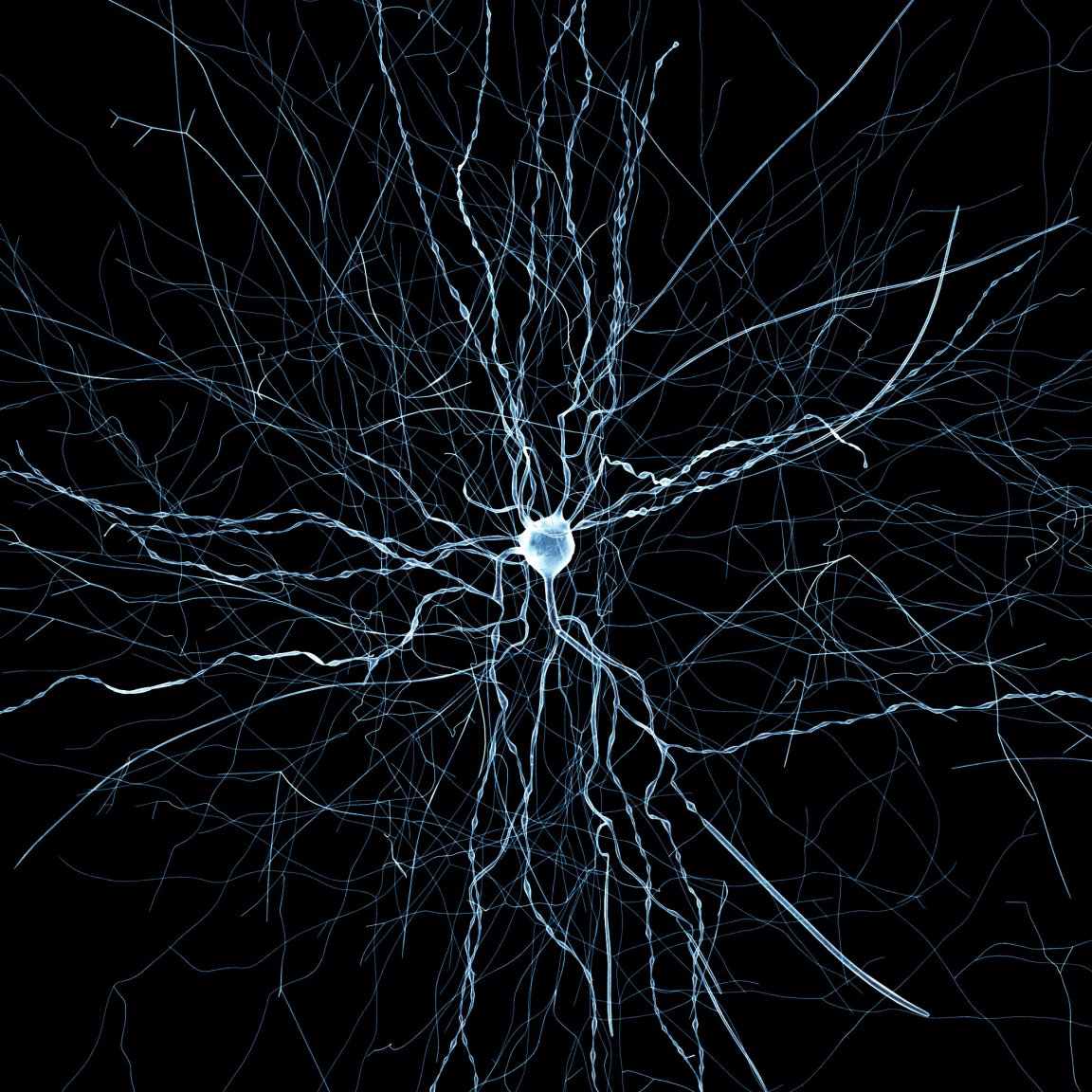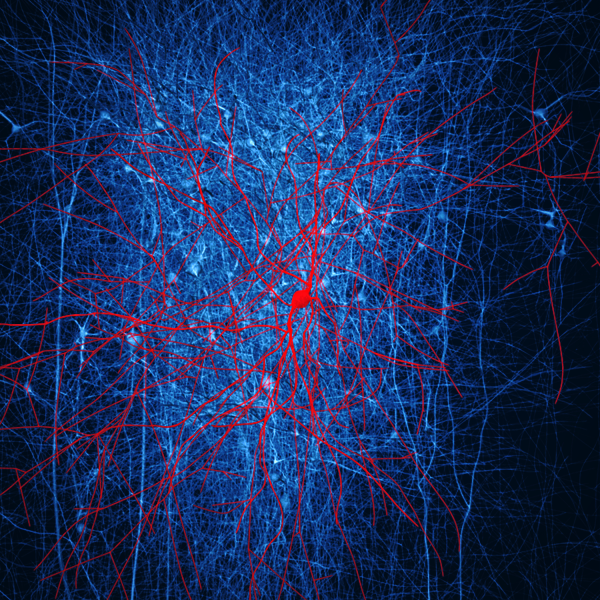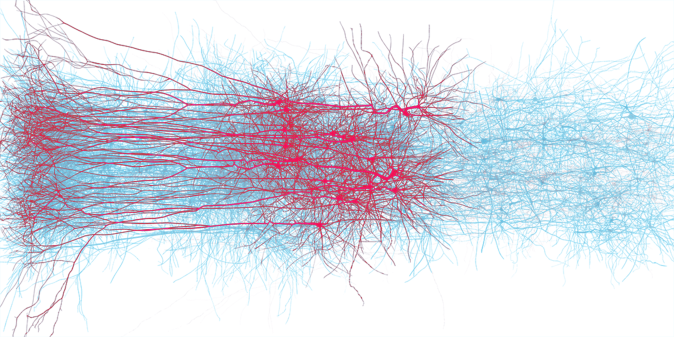
“It took the universe 11 billion years to build the brain,” says Henry Markram, founder and director of the Blue Brain Project in his 2009 TED Talk. Now in just a few years since the start of the Blue Brain Project, its supercomputer has created a set of 40 hyper-realistic computer models of neurons from a mouse’s visual cortex.
The mesmerizing images that were created in collaboration with the Allen Institute for Brain Science, showed the neurons’ real physiology and electrical activity with an extremely high level of detail.

Most notable was the activity of dendrites – the treelike extensions of neurons through which they integrate input from other neurons – which was so meticulously captured, it looked like the real thing.
“Combining the data, tools and knowledge from the world’s two largest neuroscience-oriented enterprises demonstrates the synergy that can be achieved by an Open Science policy, freely sharing all available data and metadata”, said Christoph Koch, President and Chief Scientific Officer of the Allen Institute for Brain Science. “Understanding the brain, here the nonlinear processing in cortical dendrites, is too difficult a task to accomplish in any other way.”

Since 2009, the Blue Brain Project has constantly been upgrading their supercomputers, adding more computing power to create even more biologically detailed digital reconstructions and simulations of a mouse’s brain.
As the efficiency and scope of its tools and supercomputing infrastructure improve, the Blue Brain Project hopes that its hyper-realistic digital reconstructions can become a valuable resource for neuroscience research.
“Our collaboration with the Allen Institute is an important step towards what we are striving to achieve,” said Eilif Muller, the leader of the Blue Brain Simulation group. “The goal is to provide the scientific community with simulation-based tools and techniques that can give us a better understanding of how neurons and neural networks function.”
